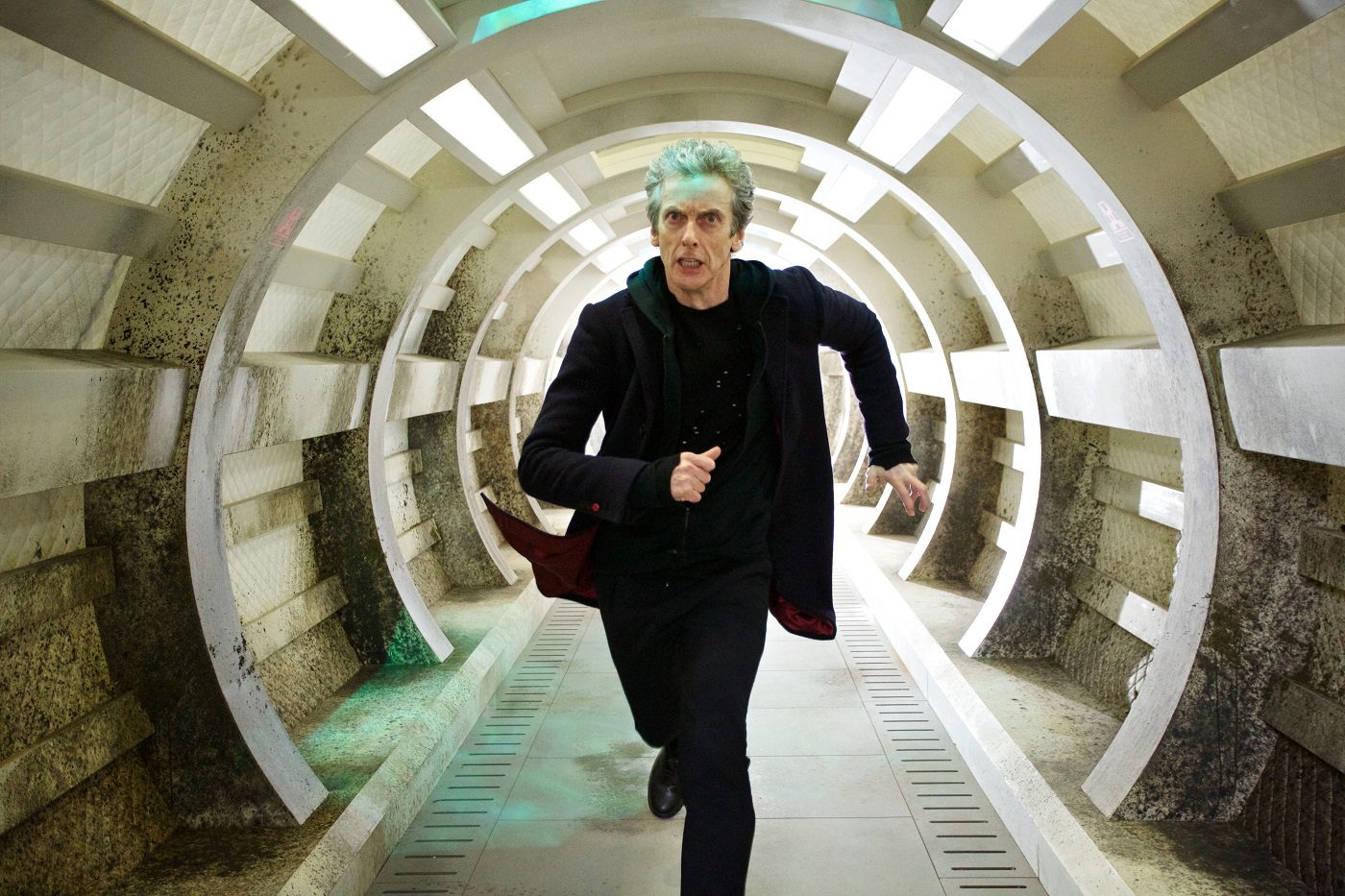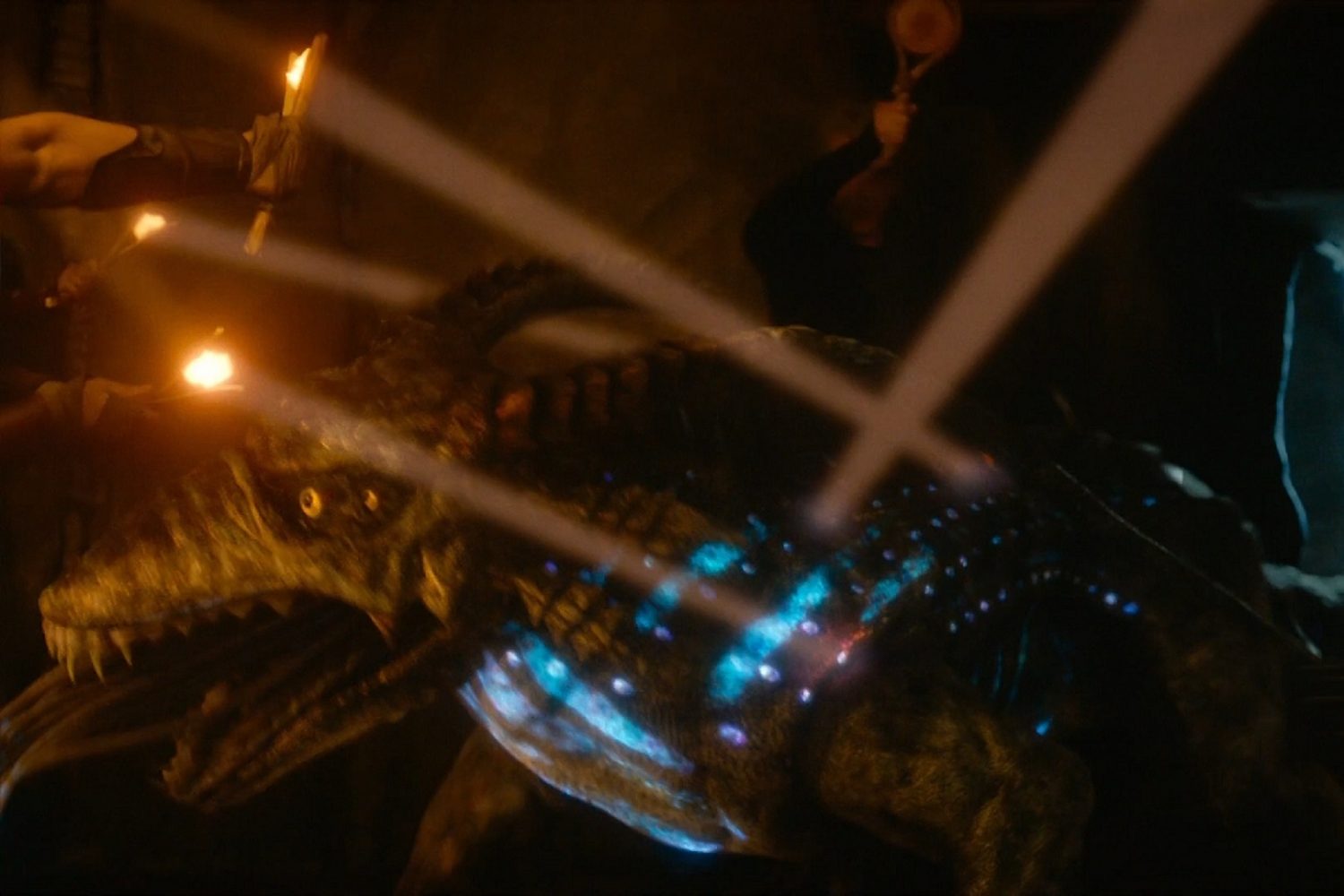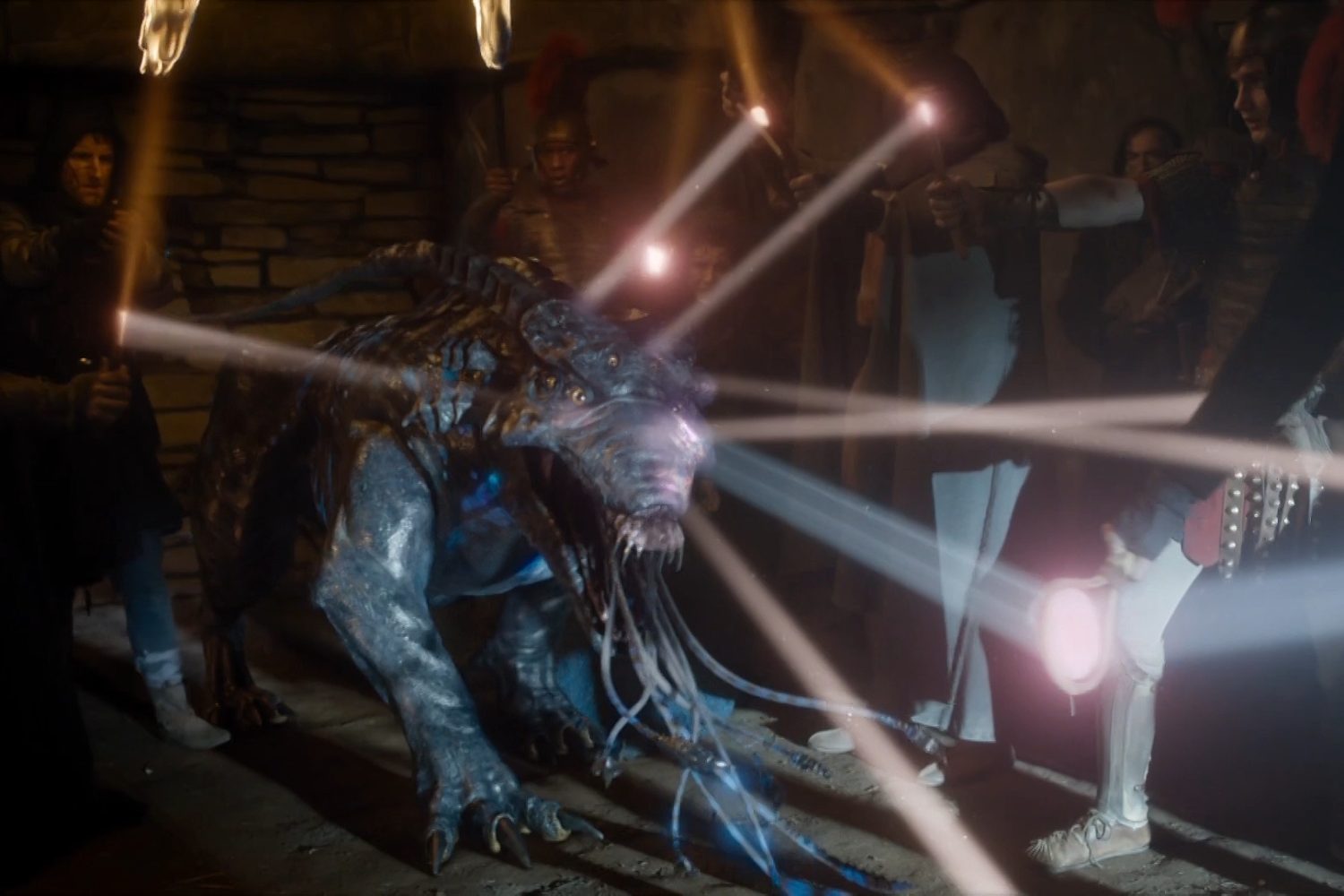The Scottish run of Doctor Who Worlds of Wonder feels, if you’ll excuse the pun, very timely. Only a few weeks prior to the launch of the exhibition at the National Museum of Scotland, we witnessed the sensational return of David Tennant as The Doctor. Then came the news that Rwandan-Scottish actor Ncuti Gatwa would be officially taking over as the world’s most famous Time Lord later this year. These are just the most recent connections between the iconic Doctor Who series and Scotland. Join David Smith, External Relations Events Coordinator and dedicated Doctor Who fan, as he reveals many more.
Scottish Doctors
To date, four Scottish actors have been cast as The Doctor. Sylvester McCoy, David Tennant, Peter Capaldi and Ncuti Gatwa now playing the Seventh, Tenth and Fourteenth, Twelfth, and Fifteenth Doctors respectively. Gatwa taking over after Tennant’s brief return marks the first time that back-to-back Scottish actors have played The Doctor.
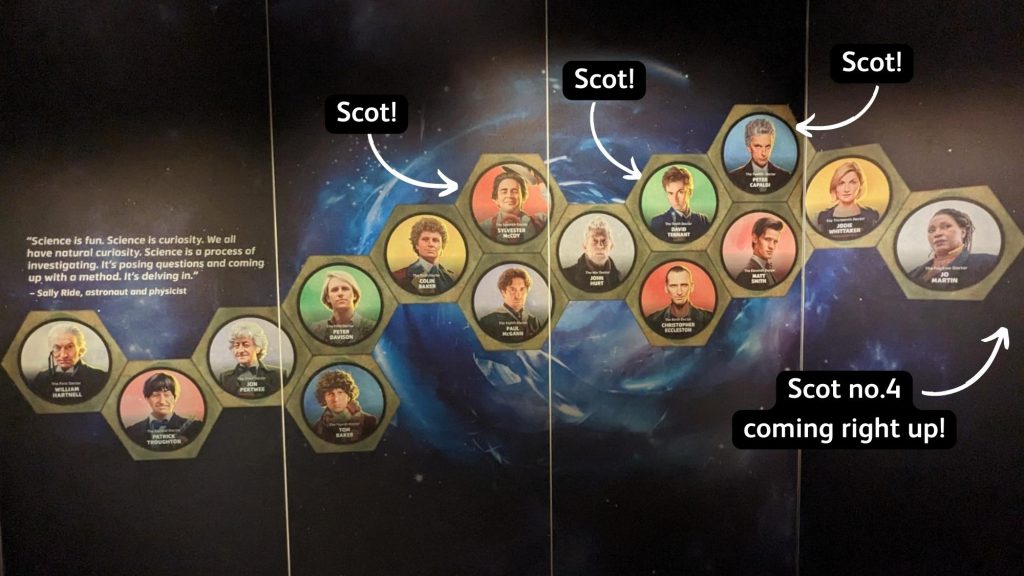
Though The Doctor is an alien of Gallifreyan origin, they often take on some notable human traits with each regeneration. Sylvester McCoy’s Seventh Doctor and Peter Capaldi’s Twelfth Doctor both had striking Scottish accents, something which is frequently pointed out by other characters. Hearing his own accent for the first time, Capaldi’s Doctor gleefully exclaimed, “It’s good I’m Scottish. I’m Scottish. I am Scottish. I can complain about things, I can really complain about things.”
Scottish companions
A number of frequent flyers in the TARDIS have been played by Scottish actors. Arguably the most popular is Amy Pond, played by the Inverness-born Karen Gillan before she hit the Hollywood A-list as Nebula in the Marvel Cinematic Universe.
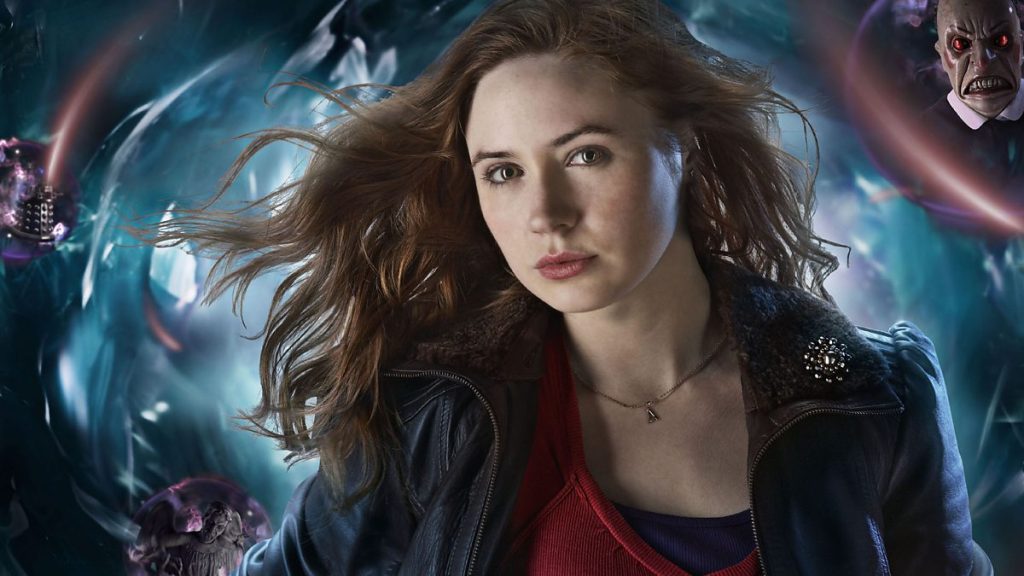
On Amy Pond’s first adventure with The Doctor, she found out the future fate of her home country, discovering that the Scots had built their own spaceship to evacuate Earth in the 29th century after refusing to join the Starship UK.
Paisley-born Neve McIntosh plays occasional Silurian companion Madame Vastra. After hearing her accent, Capaldi’s Twelfth Doctor delightedly said, “Finally someone who can talk properly”.
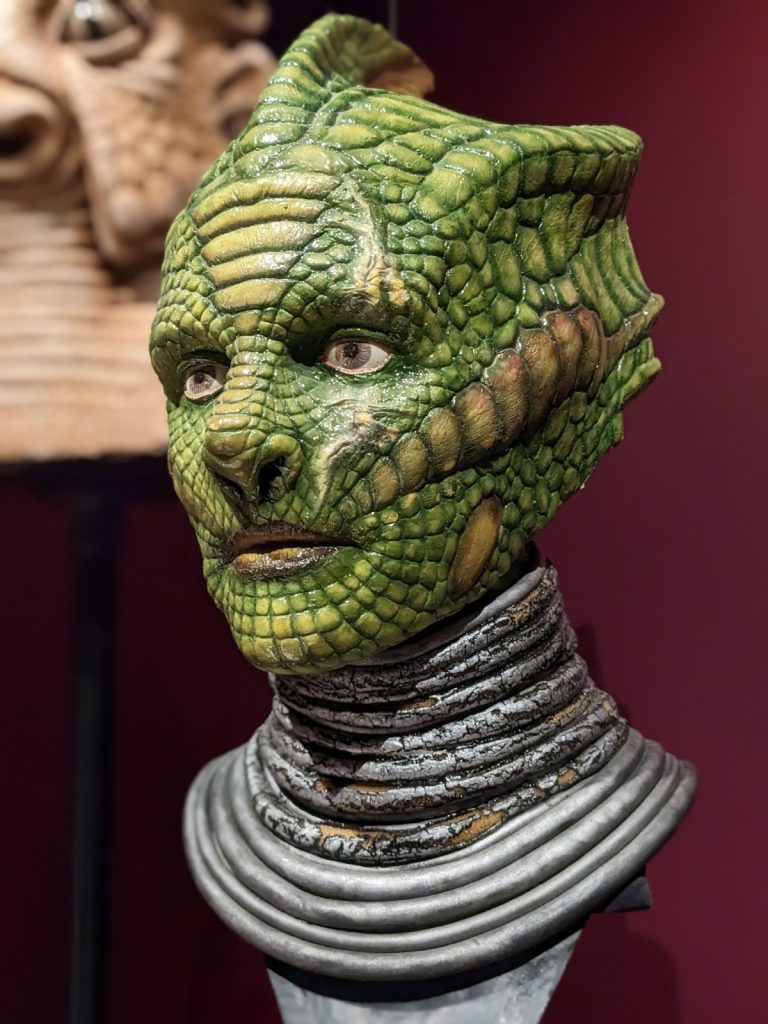
The first incarnation of The Master as a woman, Missy (short for Mistress) was played by Glasgow-born Michelle Gomez, whose eccentricity and gleeful villainy made her a fan favourite.
Under the Lake / Before the Flood
In the two-part story Under the Lake/Before the Flood, The Twelfth Doctor and Clara Oswald visit an underwater mining facility in Caithness in the year 2119. During an awkward interaction, The Doctor can be seen reading cue cards designed to help him appear kinder and more human.
One reads, “It was my fault, I should have known you didn’t live in Aberdeen”, a possible reference to when former companion Sarah Jane Smith was accidentally dropped off in Aberdeen in her final appearance as a regular companion in The Hand of Fear. Perhaps naturally drawn to visiting Scotland, the Twelfth Doctor also brings Clara Oswald to Glasgow after his first adventure in Deep Breath.
The Highlanders
The Doctor has made many visits to Scotland during their adventures. The 1966 episode The Highlanders saw Patrick Troughton’s Second Doctor arrive in the Scottish Highlands in 1746 just after the Battle of Culloden. It was here that The Doctor met Jamie McCrimmon (played by Yorkshire actor, Frazer Hines), a piper of the Clan MacLeod who would go on to be a regular and popular companion to the Doctor.
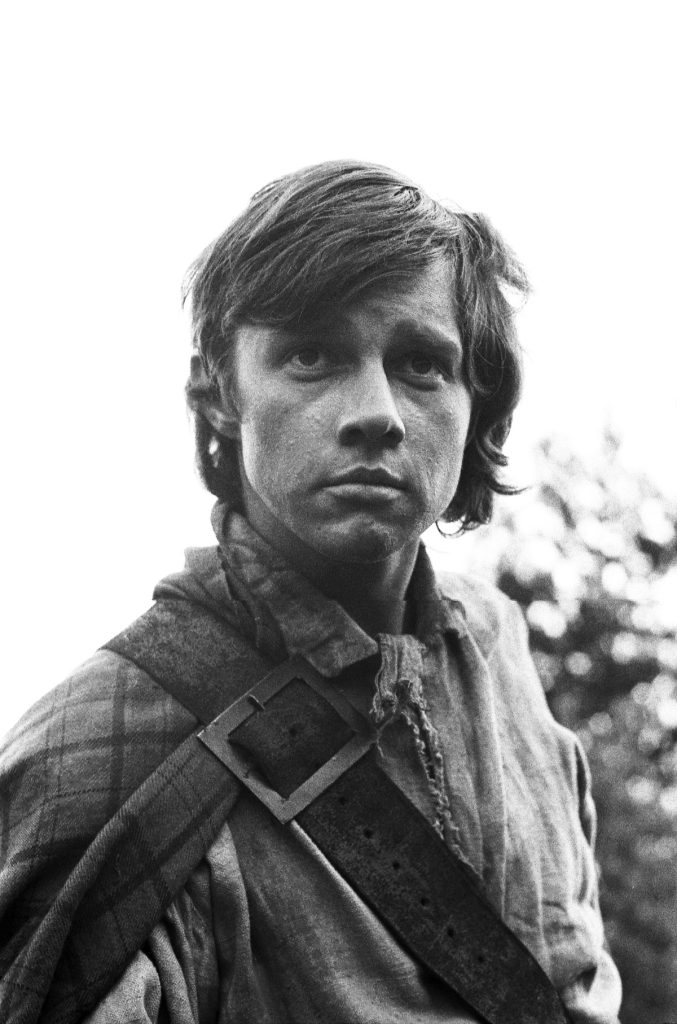
Many fans of another massively successful series, Outlander, may not know that McCrimmon’s time in the TARDIS inspired Outlander’s Scottish setting and the character of Jamie Fraser. Though the Doctor Who episode is historic in its introduction of Jamie as a character, the serial it is a part of is considered lost to the BBC archives with no full episodes known to still exist.
Terror of the Zygons
The classic 1975 Doctor Who serial Terror of the Zygons is set around Loch Ness and the North Sea oils rigs. The Doctor encounters the Skarasen, a large reptilian cyborg creature whose presence in Scotland from the 12th century is presented as the source for the legend of the Loch Ness Monster. During his visit to Scotland, The Doctor would even replace his iconic striped scarf to one with a tartan pattern.
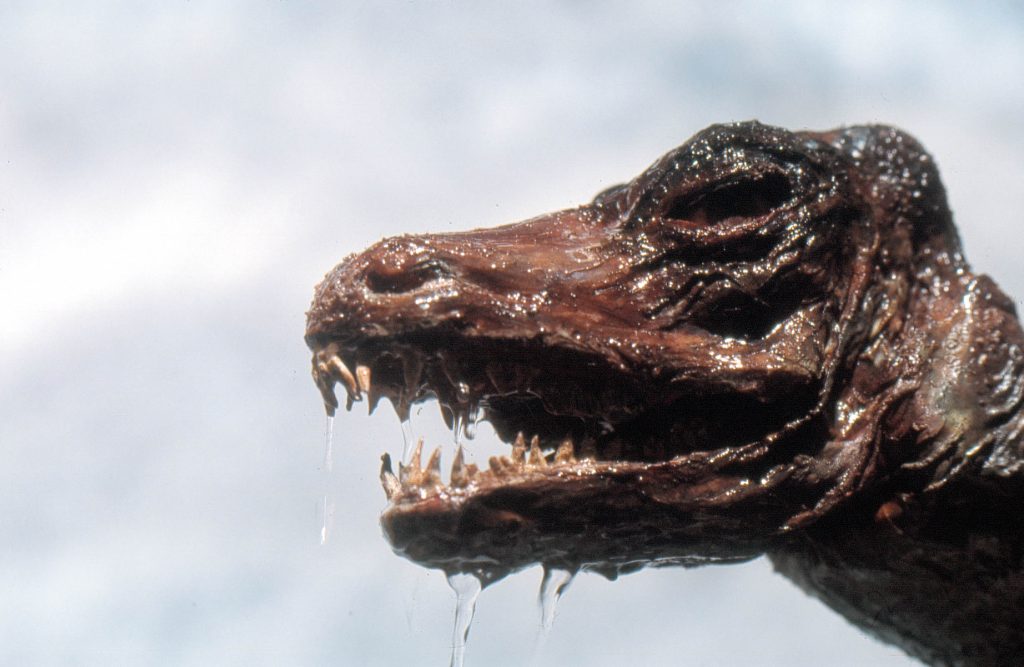
Though the episode is predominantly set around Loch Ness, no filming for the episode actually took place in Scotland, with West Sussex being the primary filming location for the episode.
Tooth and Claw
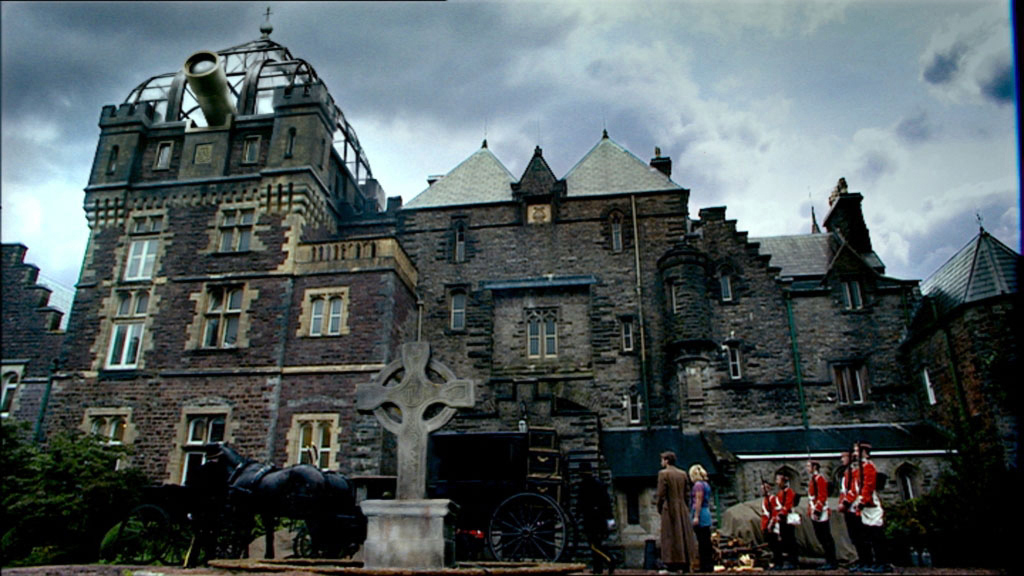
In the episode Tooth and Claw, the Tenth Doctor and Rose Tyler, played by Billie Piper, land in Aberdeen in 1879 and meet Queen Victoria while she is travelling to Balmoral Castle. Their encounter would lead to a fight with a shape shifting alien in the form of a werewolf, the Lupine Wavelength Haemovariform.
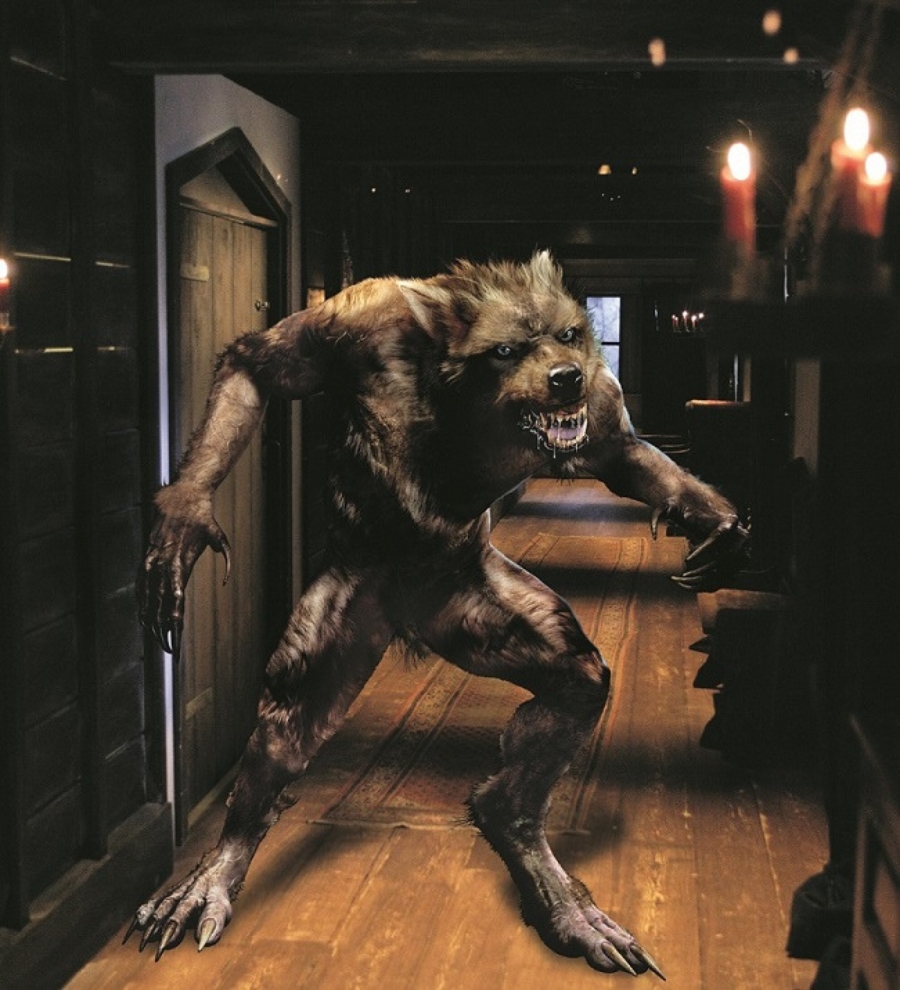
Though The Doctor would save Queen Victoria’s life, she nonetheless declared The Doctor an enemy of the crown and later established the Torchwood Institute, a secret organisation tasked with defending Earth against extraterritorial threats. A division of the organisation, Torchwood Two, was based in Glasgow.
The whole episode was a time-based misunderstanding. The Doctor was actually trying to see an Ian Dury concert in Sheffield, 1979, so their arrival in Aberdeen was a complete mistake (continuing a habit of visiting Aberdeen by accident!).
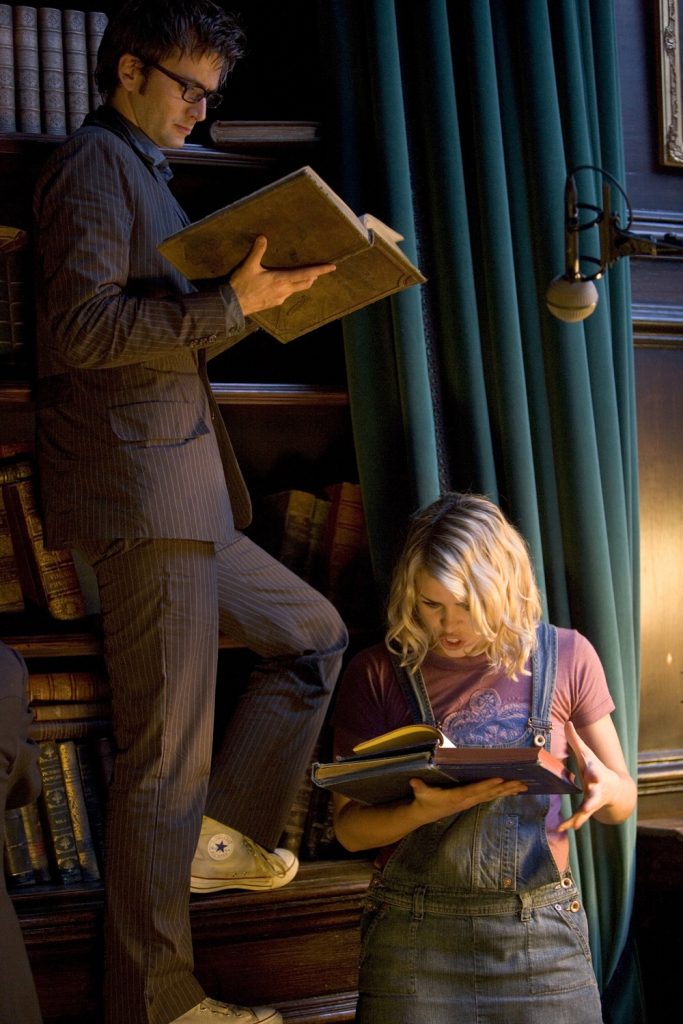
Eaters of Light
In one of the most Scottish-focused episodes in Doctor Who history, the Twelfth Doctor travelled to 2nd century Scotland to solve the mystery of what happened to the Ninth Legion of the Roman Army. Written by Scottish writer Rona Munro, the Eaters of Light explores the conflicts between the Romans and the Picts.
In this alternative version of history, the Ninth Legion and a Pictish clan team up to close an inter-dimensional portal and stop a “light-eating locust” from entering our world. Rona Munro holds the honour of being the only person to write for both the classic and revived eras of Doctor Who, having written the final serial of the original Doctor Who, Survival.
The Eaters of Light are based on an enigmatic creature depicted on real Pictish carved stones, as seen on the below example from Birsay, Orkney, which you can inspect up close at the National Museum of Scotland’s Early People galleries. The ‘Pictish Beastie’, as it is often known, is theorised to be everything from an elephant or dragon to a dolphin or purely imaginary creature. What do you think it is?
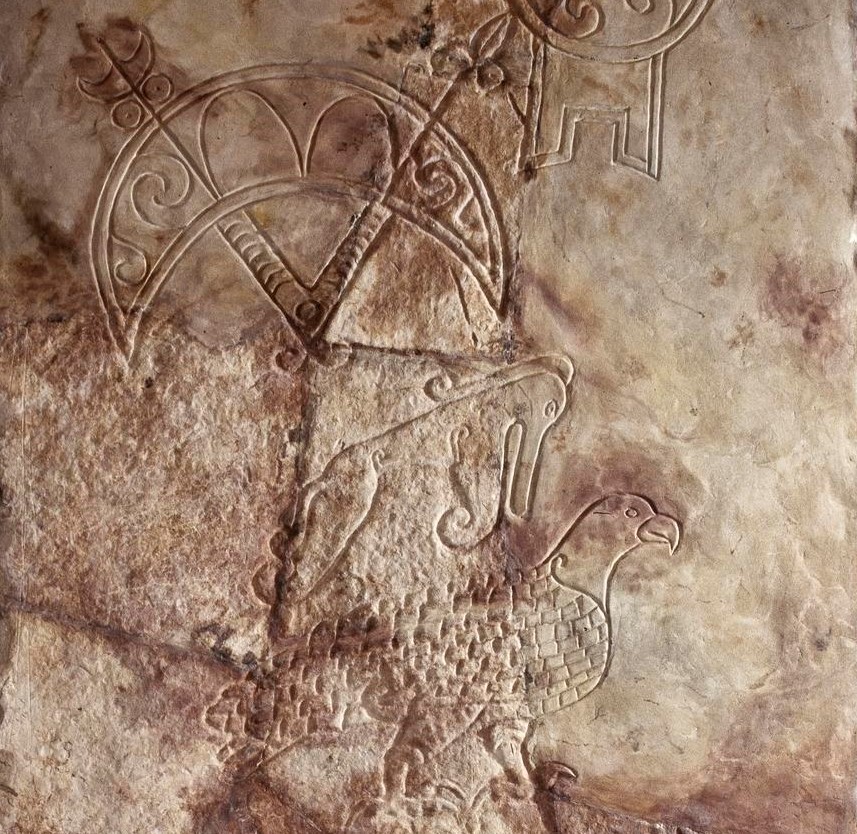
Sontar-ha!
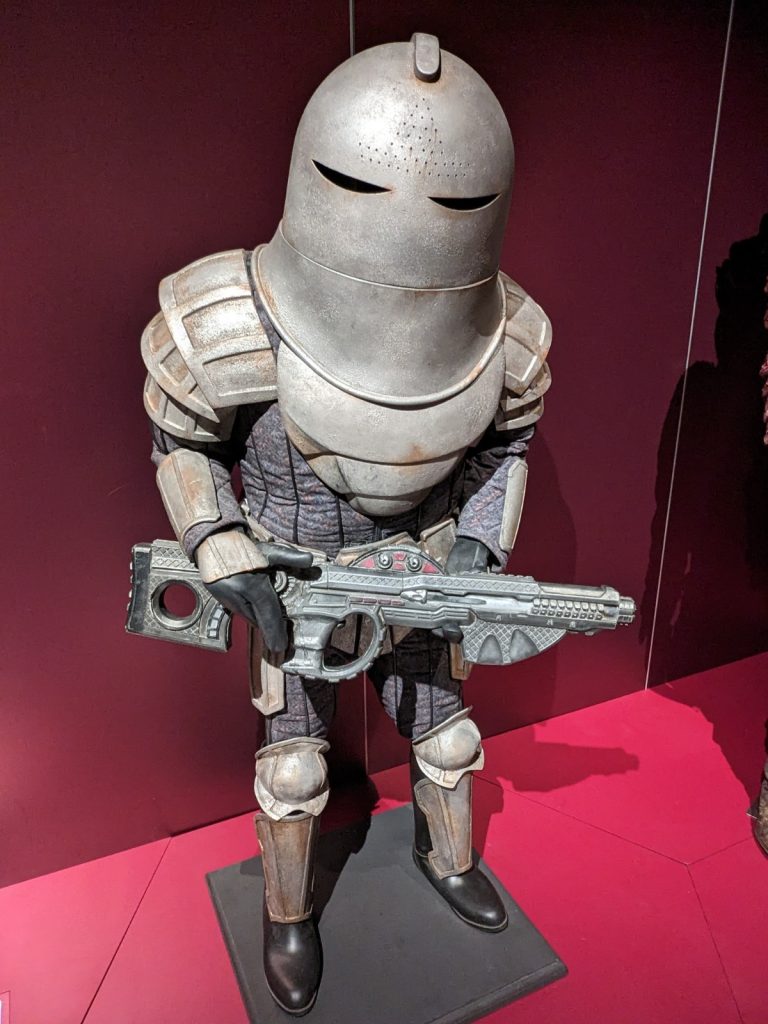
Finally, Scotland provides the answer to the age old Doctor Who fan question “What do Sontarans do on their weekend off”. The answer? Fight the locals in Glasgow, of course!
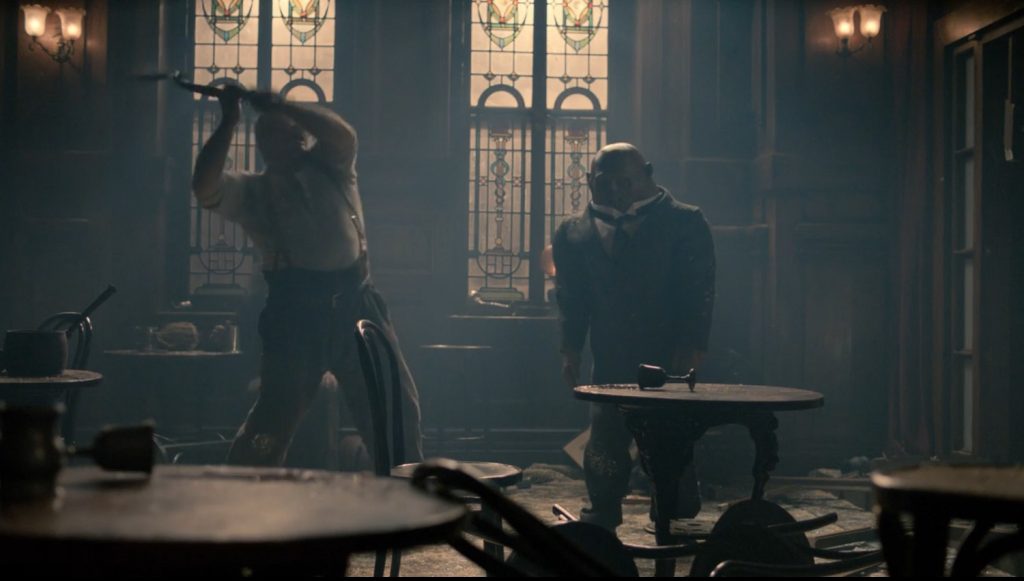
See the blockbuster exhibition Doctor Who Worlds of Wonder until 1 May at the National Museum of Scotland.

